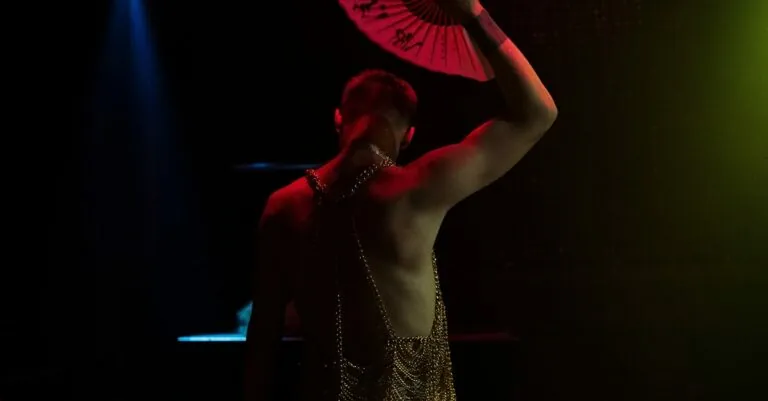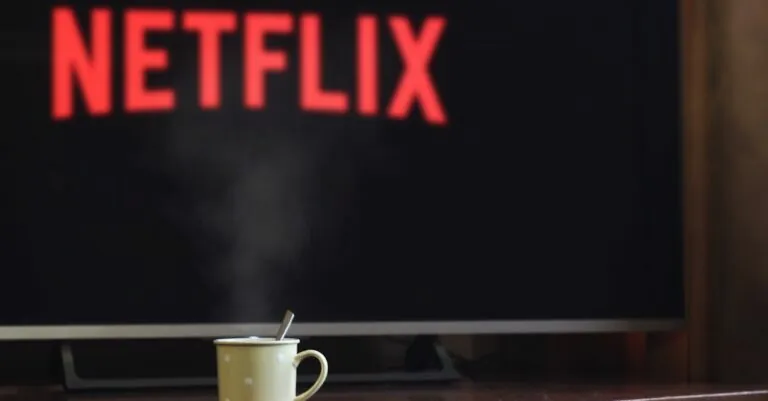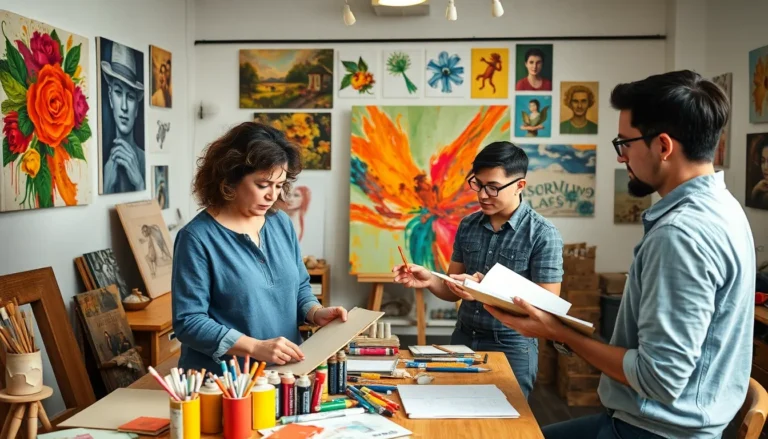Table of Contents
ToggleIn a world buzzing with distractions, finding your creative rhythm can feel like hunting for a needle in a haystack. Yet, unlocking that groove isn’t just a whimsical dream; it’s the secret sauce to unleashing your best ideas. Imagine dancing through your projects with the ease of a seasoned performer, where inspiration flows and creativity thrives.
Understanding Creative Rhythm Finding
Creative rhythm finding refers to the process of identifying and harnessing one’s unique flow for creative activities. This flow boosts idea generation and fosters a more productive working environment.
Definition and Importance
Creative rhythm finding signifies an individual’s ability to tap into their natural creative cycles. It functions as a personal compass, guiding them through phases of inspiration and productivity. This ability supports clearer thinking, higher-quality outputs, and improved motivation. When creators align their work with their rhythm, they experience increased satisfaction and reduced stress.
Key Concepts and Theories
Several theories provide insight into creative rhythm finding. Flow theory, proposed by psychologist Mihaly Csikszentmihalyi, illustrates the state of complete immersion in an activity. Engagement levels peak when challenge and skill levels align. Another relevant concept is the cyclical nature of creativity, which emphasizes varying phases—preparation, incubation, insight, and verification. Understanding these frameworks helps individuals recognize their patterns and optimize their creative efforts.
Techniques for Creative Rhythm Finding


Finding a creative rhythm involves specific methods and tools that enhance productivity. Various techniques exist to help individuals tap into their creative potential effectively.
Methods of Exploration
Engaging in mindfulness practices cultivates awareness of thoughts and feelings. Seeking inspiration from different environments sparks new ideas. Experimentation with diverse mediums and forms encourages artistic exploration. Networking with others in creative fields reveals unique approaches and insights. Journaling thoughts and ideas regularly fosters a deeper connection to one’s creative process.
Tools and Resources
Utilizing digital platforms, such as Trello or Asana, organizes creative projects efficiently. Employing music apps may help create a suitable auditory backdrop for creativity. Taking advantage of mood boards in physical or digital format aids in visualizing concepts. Accessing books on creativity provides valuable insights and techniques. Leveraging apps like Evernote enhances the ability to capture fleeting ideas quickly.
Benefits of Creative Rhythm Finding
Creative rhythm finding yields significant advantages for individuals engaged in creative activities. This process aligns personal creative cycles with productive phases, leading to enhanced satisfaction and reduced stress.
Enhancing Creativity
Discovering one’s creative rhythm sparks inspiration and idea generation. Heightened awareness of natural cycles enables individuals to unlock their full creative potential. Research shows that individuals attuned to their rhythms often produce original work that reflects their unique voice. Exposure to various stimuli encourages innovation; artists who experience diverse environments frequently report increased creativity. Engaging with different forms of art or literature can further stimulate new thought processes. Embracing flexibility in creative practices allows for spontaneous breakthroughs that lead to enhanced artistic expression.
Improving Workflow
Effective workflow stems from understanding individual creative rhythms. Identifying peak productivity times facilitates task scheduling around these phases. Research indicates that alignment with natural creative cycles minimizes distractions, leading to a streamlined workflow. Utilizing digital organization tools, individuals can prioritize tasks and manage projects efficiently. Setting specific goals during high-energy periods encourages focused effort, resulting in greater output. Collaborating with peers helps maintain momentum while sharing ideas and resources drives innovation. Regular reflection on creative processes also fosters continuous improvement, ensuring sustained growth and adaptability.
Challenges in Creative Rhythm Finding
Creative rhythm finding presents several challenges that can hinder productivity and innovation. Identifying these obstacles is essential for cultivating a more effective creative process.
Common Obstacles
Distractions from the surrounding environment disrupt focus and impede creativity. Social media notifications or other digital interruptions pull attention away from creative tasks. Inconsistent schedules create additional hurdles, as fluctuating energy levels affect one’s ability to achieve flow. Time mismanagement can lead to stress, which stifles creativity rather than fostering it. Fear of failure also plays a significant role, as individuals often hesitate to express their ideas fully.
Overcoming Limitations
Adopting a structured routine helps mitigate distractions and prioritize creative activities. Setting aside specific blocks of time for focused work allows individuals to align their efforts with their peak productivity periods. Implementing mindfulness techniques can improve awareness and reduce anxiety, making it easier to tap into creative rhythms. Seeking support from peers encourages accountability and provides fresh perspectives. Embracing small successes boosts confidence, influencing how individuals approach larger projects. By actively addressing these limitations, one can unlock potential and foster a thriving creative process.
Finding one’s creative rhythm is a transformative journey that can significantly enhance productivity and satisfaction. By embracing personal creative cycles and utilizing effective techniques, individuals can navigate the complexities of modern distractions. This process not only fosters innovation but also nurtures a deeper connection to one’s unique voice.
As individuals align their workflows with their natural rhythms, they unlock the potential for original ideas and spontaneous breakthroughs. With the right tools and a supportive network, the path to creative fulfillment becomes clearer. Ultimately, tapping into this rhythm is essential for anyone looking to thrive in their creative endeavors.







